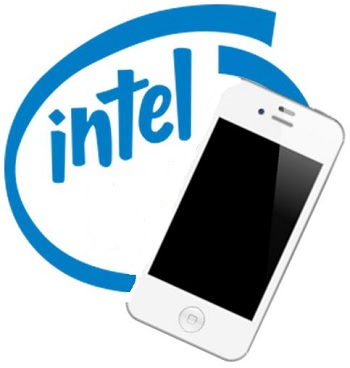Denny |
December 12, 2014
The chipmaker giant will be spending this massive amount over the next year to boost its hardware offerings.
Intel has already been making some important moves into the world of mobile technology, some of which have been making some rather important headlines, such as in the case of the wearables that it will be powering once they are released.
However, among its most recent mobile tech headlines has been the billions in investments it now plans to make.
The goal of the $1.6 billion in total investments will be to improve their position in mobile technology hardware development, with a particular focus on tablets and smartphones. ARM has already been taking in considerable successes within the mobile tech sphere, as the United States and the rest of the world find themselves being swamped with a nearly endless range of new products. Although Intel may not have been one of the companies that was first to move into this environment, it is hoping that by making a sizeable enough investment into the hardware in this category, it will be able to become a true competitor in this area.
Intel has also made efforts toward diversification within its new place in the mobile technology marketplace.
 It has created a range of new relationships with Chinese businesses in order to be able to manufacture its new CPUs for mobile devices. The $1.6 billion that Intel plans to invest in smartphones, tablets, and other mobile gadgets will be spread out over the next decade and a half in order to create a new China based manufacturing facility that is going to focus on the production of mobile computer chips.
It has created a range of new relationships with Chinese businesses in order to be able to manufacture its new CPUs for mobile devices. The $1.6 billion that Intel plans to invest in smartphones, tablets, and other mobile gadgets will be spread out over the next decade and a half in order to create a new China based manufacturing facility that is going to focus on the production of mobile computer chips.
Intel is also hopeful that this facility will also be usable by other third party organizations, such as Apple. Principal analyst at Mercury Research, Dean McCarron, explained that “It makes sense because Intel likes to make manufacturing facilities in technically sophisticated markets, which China is.” McCarron also explained that if a company such as Apple were ever to step up to Intel and explain that they would like a custom part for a mobile technology device, then it is more than clear that Intel would be willing and able to manufacture it with such a facility in place.
That ethnic community is using their devices for certain activities even more than the general American population.
According to recent data that has been released by PwC, Hispanic consumers are just as in love with their mobile technology – such as smartphones and tablets – as the rest of the American population, but this specific ethnic group uses these gadgets more often for downloading and streaming video.
The PwC study took a closer look at the use of these devices by the fastest growing U.S. ethnic community.
The research was specifically focused on the way in which people in the Hispanic community use mobile technology in order to consume media, obtain information about health care, and make m-commerce purchases online. The findings, according to the research firm, were quite surprising and could offer considerable insight into that section of the market.
Overall, Hispanic people were found to be high consumers of entertainment content over mobile technology.
This, according to the director of entertainment and media practice at PwC, Matt Lieberman. He said that he found the degree to which this group of people looks to their tablets and smartphones for entertainment was quite striking.
The data from the research showed, according to Lieberman, that 43 percent of Hispanic Americans use their smartphones and tablets for streaming video. Comparatively, when it comes to this same activity among the general population of the United States, this figure was only 25 percent. Moreover, Hispanics were also found to have a likelihood that is more than twice as high of downloading videos – an activity in which 37 percent take part. In the overall population, that only 17 percent did so.
Lieberman explained that “The Hispanic population are generally larger consumers of entertainment, and that trickles down to mobile.” He also added that “the variance between the general population and the Hispanic population did surprise us.”
The data stated by Lieberman was gleaned from a mobile technology survey that was conducted online with the participation of 1,000 people. There was an even divide of the respondents of this tech survey, between people who were and were not Hispanic.
 It has created a range of new relationships with Chinese businesses in order to be able to manufacture its new CPUs for mobile devices. The $1.6 billion that Intel plans to invest in smartphones, tablets, and other mobile gadgets will be spread out over the next decade and a half in order to create a new China based manufacturing facility that is going to focus on the production of mobile computer chips.
It has created a range of new relationships with Chinese businesses in order to be able to manufacture its new CPUs for mobile devices. The $1.6 billion that Intel plans to invest in smartphones, tablets, and other mobile gadgets will be spread out over the next decade and a half in order to create a new China based manufacturing facility that is going to focus on the production of mobile computer chips.

